Catching Bass in Hot Water with Bruce Whitmire
If the dog days of summer have not arrived in your neck of the woods yet, don’t worry. They are coming. To maximize your time on the water in the heat, there are several matters to prepare. Professional Bassmaster Open angler, Bruce Whitmire, knows heat. The Texas angler makes a living plucking bass across the country and lives around the hot water east of Houston. He has caught bass in 96-degree water! Today we’re going to dive right in and talk all about catching bass in hot water.
Catching Bass in Hot Water – Take Care of Your Body
Before doing any preparation for fishing in hot temps, Whitmire begins with his body. He stresses, “You cannot hydrate your body enough, and hydration begins well before getting on the water – at least 24 hours.” He explains, “Get the carbonated and alcohol beverages out of your system and fill up with water. I also drink a lot of BodyArmor. Magnesium and potassium are the most vital elements to replace, and if spending a day in 90+ degree temps, you should exceed the USRDA of these elements by 100%. BodyArmor helps with this.”
Heat exhaustion is a legitimate concern for anglers, but a more common ailment are cramps. Whitmire keeps a solution for this in his boat: dill pickle juice. “Dill pickle juice is a great shot of potassium. I keep it in the boat if I ever begin to feel cramping. I will also drink it at night after a day in the heat.”
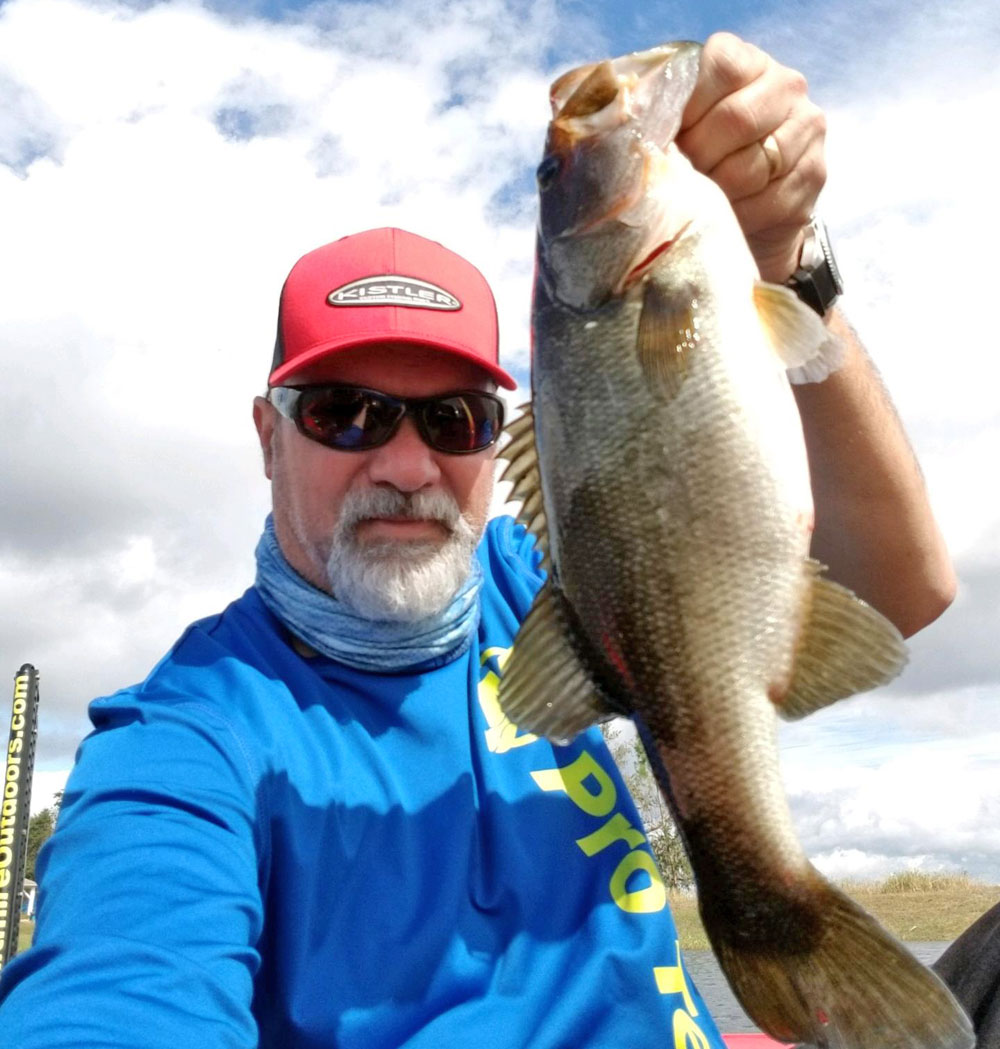
Catching Bass in Hot Water – Tips for Fishing in Heat
What to look for: “This is the time of year when the thermocline is important. Fish will not be below it, because the oxygen is depleted,” Whitmire explains. “Because of this, fish can still be found shallow in temperatures more than 90 degree. Weeds that produce oxygen are critical. Keep in mind these are ambush predators and are going to find places to help them ambush and keep them comfortable.”
When to fish: “Bass can be caught in hot water,” Whitmire insists, “but it does make them lethargic. This makes dawn and dusk critical times.” He suggests beginning each day by seeking out ledges along a creek channel outside a spawning flat and bombarding it with crankbaits. If that fails to produce, he has big 10-12-inch worms rigged up before heading elsewhere.
Where to move to: That elsewhere are “canopies,” specifically hydrilla. “These canopies (also include milfoil, eelgrass, lily pads, etc.) block out the sun, but also helps them ambush. Remember, fish do not have eyelids – they go a lifetime without blinking. Imagine the impact that would have on us if we could not blink all summer.”
What bait to use and how to use it: Whitmire relies heavily on a jig, “I especially like a Strike King Slither Rig matched up with a Missile Baits D-Bomb.” Heavy is the word too, “You will need a 1-ounce, at least, and I’ll often go up to 1 ½ ounce.” Soft plastic baits are another solid option, but with equivalent sized weights.
These canopies are anywhere between 2-15 feet deep, and fish are reacting to the bait as it quickly falls by them. “Hydrilla might be growing to the surface in 15 feet of water,” he says, “but it is like a highway underneath the matted surface. There is a lot of room for them to move around under there. Being ambush predators, they often hang out just below the surface waiting for something to fall through or to attack above.”
Because of that, he figures there are two strike zones in a canopy: at the top and bottom. “I shake my jig at the top of the canopy to entice the fish hanging tight to the top, and if that does not draw a strike, I’ll let it fall to the bottom. Some days the top produces better and vice versa.”
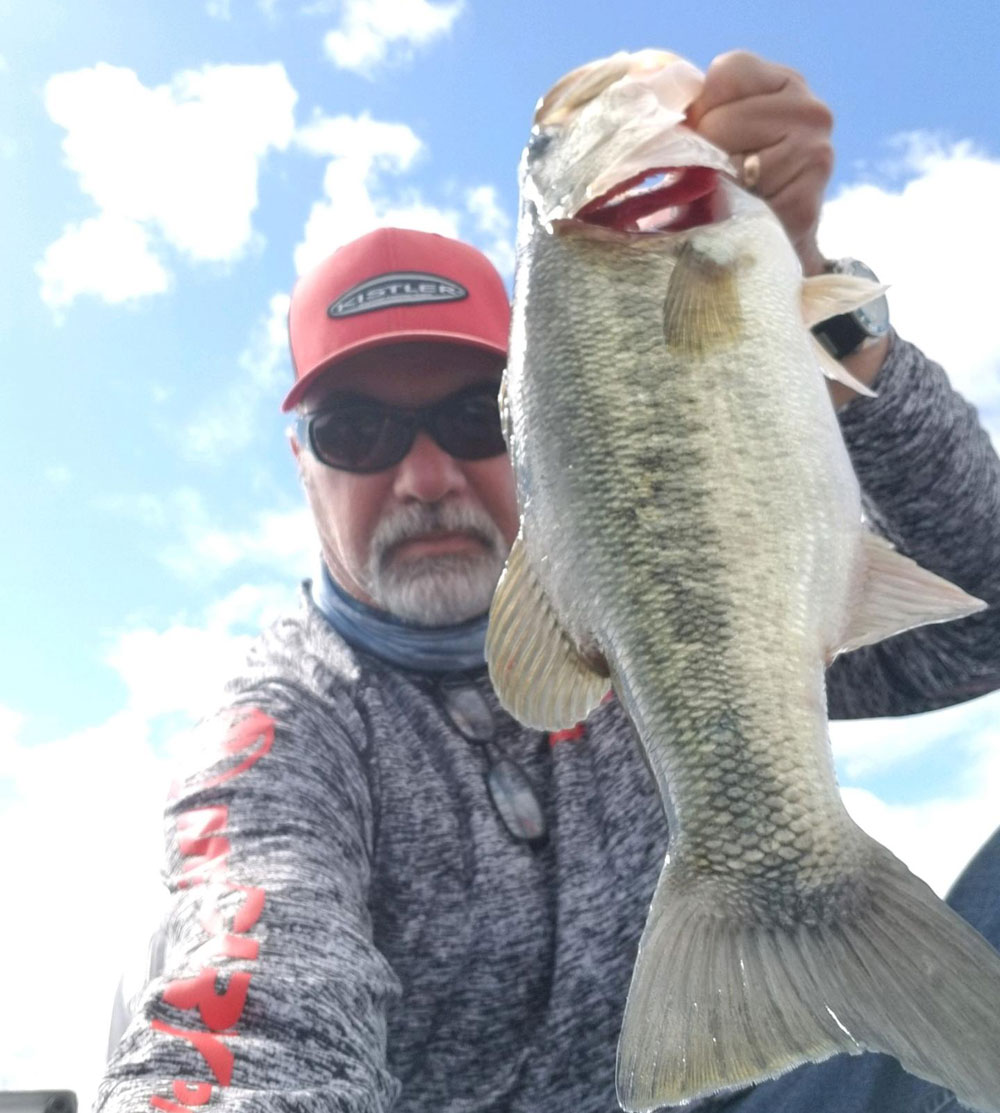
Catching Bass in Hot Water – Fish Mortality
Fish are much more susceptible to mortality in extreme temperatures, but you can and should do a lot to ensure their survival. A quick release is vital. If fishing in a tournament, other methods are necessary. Before getting on the water, Whitmire places a 20-pound bag of ice in his livewell. Whitmire also equips his livewell with an Oxygenator, a T-H Marine Pro Air System Livewell Aeration, and he compliments it all with G-Juice. His goal is to keep the water between 72-75 degrees.
Hot weather is hard on our bodies and the fish, but successful fishing trips are still possible. Protect your body and the fish, but protect your boat too. The weather is hard on it as well. Make sure your boat is also equipped with protective Megaware products.

Andrew Buss
Andrew Buss resides with his family in the great state of Indiana. When he’s not fishing, creating YouTube videos or running the R&B Bass Circuit, he poses as a school teacher. If you’d like to see more from the #hunteroffish check out his social media channels.
DID YOU ALSO SEE?
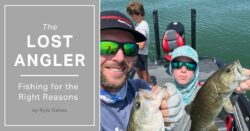
Fishing For The Right Reasons

Fishing as a Co-Angler: Benefits, Challenges, and Techniques
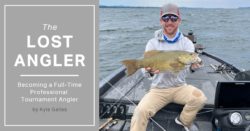

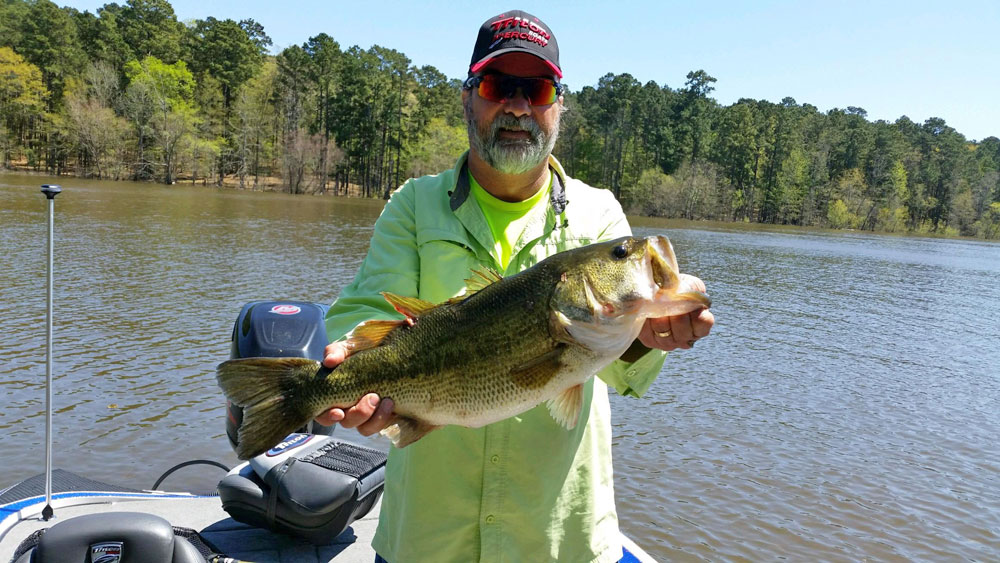
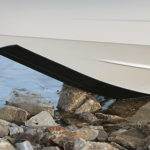
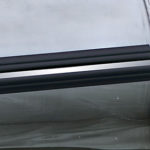
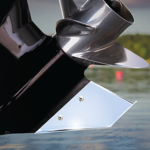

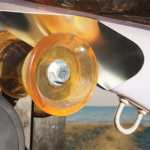
Comments